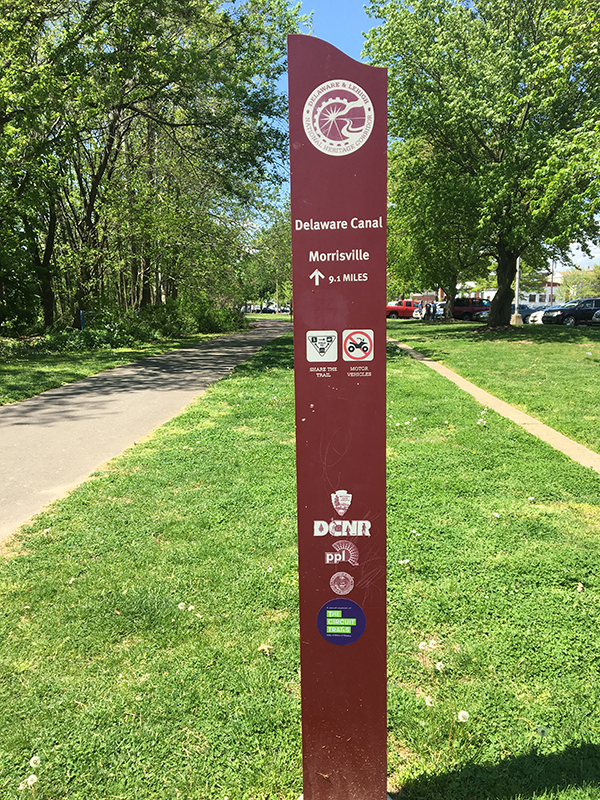

Navigating confusing trail markers and signage is a common challenge faced by hikers and outdoor enthusiasts. A seemingly straightforward trail can quickly turn into a bewildering maze if the markings are unclear, outdated, or misleading. Trail navigation, especially in unfamiliar areas, requires vigilance and a keen eye for detail. This comprehensive guide dissects the issues surrounding confusing trail markers, providing practical solutions and essential resources for safe and enjoyable outdoor adventures. We will explore the different types of trail markers, common issues, and strategies for interpreting them accurately. We will also look at how to use technology and seek help.
Understanding the Nuances of Trail Markers
Types of Trail Markers
Trail markers come in various forms, each with its own set of characteristics. From painted lines on trees to wooden signs, understanding these distinct types is crucial for accurate interpretation. Different regions may employ distinct markings, and these differences must be understood. Sometimes, you will find a combination of markers. These markers must be interpreted in context and with your current environmental knowledge. This includes understanding the forest itself. For instance, trees with particular bark patterns might be a key element to interpreting markings.
Deciphering the Meaning of Trail Markings
Interpreting trail markers, especially in unfamiliar territory, requires careful observation and attention to detail. Trail markers often employ symbols or colors to indicate direction. Sometimes, markers include the distance to a specific location. Sometimes, the marker will only represent the trail’s existence. Look for consistent patterns or repeating symbols. If you see a repeated symbol, it likely indicates a continuing trail. This understanding is crucial for avoiding getting lost.
Common Issues with Trail Markers
Natural Occurrences and Trail Erosion
Trail markers are often subject to damage from natural forces. Weather events like storms, floods, and landslides can easily alter or destroy trail markings. Trail erosion over time can also obscure markers and pathways, making navigation difficult. This is particularly pertinent in areas with seasonal changes. If markers are unclear or inconsistent, always exercise caution.
Utilizing Technology for Enhanced Navigation
GPS Devices and Smartphone Apps
GPS devices and smartphone apps can significantly aid in navigating confusing trail markers. These tools offer real-time location data and can pinpoint your position relative to the trailhead. They can help avoid confusing trail markers or provide alternative routes.
Seeking Assistance from Local Experts
Park Rangers and Experienced Hikers
In challenging situations, don’t hesitate to seek assistance from park rangers or experienced hikers. They can provide valuable insights into the accuracy of trail markers and help you navigate potentially hazardous situations. This support can be immensely helpful and can prevent mishaps.
Conclusion
Navigating confusing trail markers and signage requires a multi-faceted approach. Combining your knowledge of the terrain with the use of various resources significantly improves your ability to navigate successfully. Remember that trail markers can vary across regions, and by considering local conventions, you can improve your interpretation skills substantially. By combining careful observation, technological tools, and seeking assistance when needed, you can increase your chances of having a successful and safe outdoor adventure. Take a moment to familiarize yourself with the trail marking conventions for the region and use reliable resources. Happy trails!
Utilizing Resources for Accurate Information
Trail Maps and Guides
Trail maps and guides can provide crucial information about trail markers and signage. Often, these resources will include detailed maps of the area, along with a description of the trail, marker types, and potential challenges. This is an essential piece of information.
Implementing Prevention Strategies
Sharing Your Itinerary
Sharing your itinerary with a trusted friend or family member is a critical safety measure. Letting someone know where you are going and when you expect to return provides a crucial safety net. This is an important step when hiking, particularly in challenging terrain.
Frequently Asked Questions
How can I tell if trail markers are unreliable?
Trail markers can be unreliable due to various factors, including vandalism, natural occurrences, or even human error. Look for inconsistencies in the markers’ placement, design, or labeling, such as faded paint, missing pieces, or conflicting directions. If the markers deviate from established trails or known landmarks, or seem incongruous to the surrounding environment, this should raise a red flag. Sometimes, markers appear new but the forest has already subtly changed. Always use multiple sources to verify a trail’s accuracy.
What if I encounter multiple conflicting trail markers? What should I do?
If you encounter conflicting trail markers, don’t panic. First, try to identify the source of the conflict. Are they from different organizations or time periods? Second, refer to other resources to determine the most accurate and reliable information available. Often, an official trail map or guide can provide vital insights into the trail’s historical markers and current updates. Third, if in doubt, retrace your steps, or consider seeking the help of park rangers or experienced hikers in the vicinity. Following your original route back to a known landmark can usually resolve the issue.
How can I improve my ability to interpret trail markers in unfamiliar areas?
To improve your ability to interpret trail markers in unfamiliar areas, practice interpreting markers in familiar areas. Begin by understanding the local conventions and standards of trail marking. Then, practice interpreting ambiguous or slightly different markers. Learn how to analyze the type of marker – is it painted on a tree? Placed on a post? Use these clues and your knowledge of the surrounding area to deduce the marker’s meaning and purpose. Also, consider learning to use apps and online resources which have detailed information about trail markers and locations.
What are the best resources for finding reliable trail information?
Some of the best resources for reliable trail information are official park websites, local hiking clubs, and experienced hikers. Look for detailed trail maps, accurate signage, and recent updates on the trails you’re planning to use. Review user reviews and comments for a broader range of experience and insight. This multifaceted approach will help you to discover the most accurate and trustworthy information.
In conclusion, navigating confusing trail markers and signage in the outdoors requires careful observation, understanding of common issues, and utilization of resources. By following these tips, you can significantly reduce the risk of getting lost or disoriented in the wilderness. To enhance your outdoor adventures, consider investing in a reliable map, compass, and GPS device. Remember to familiarize yourself with local regulations and guidelines, and always share your itinerary with a trusted friend or family member. Happy trails!